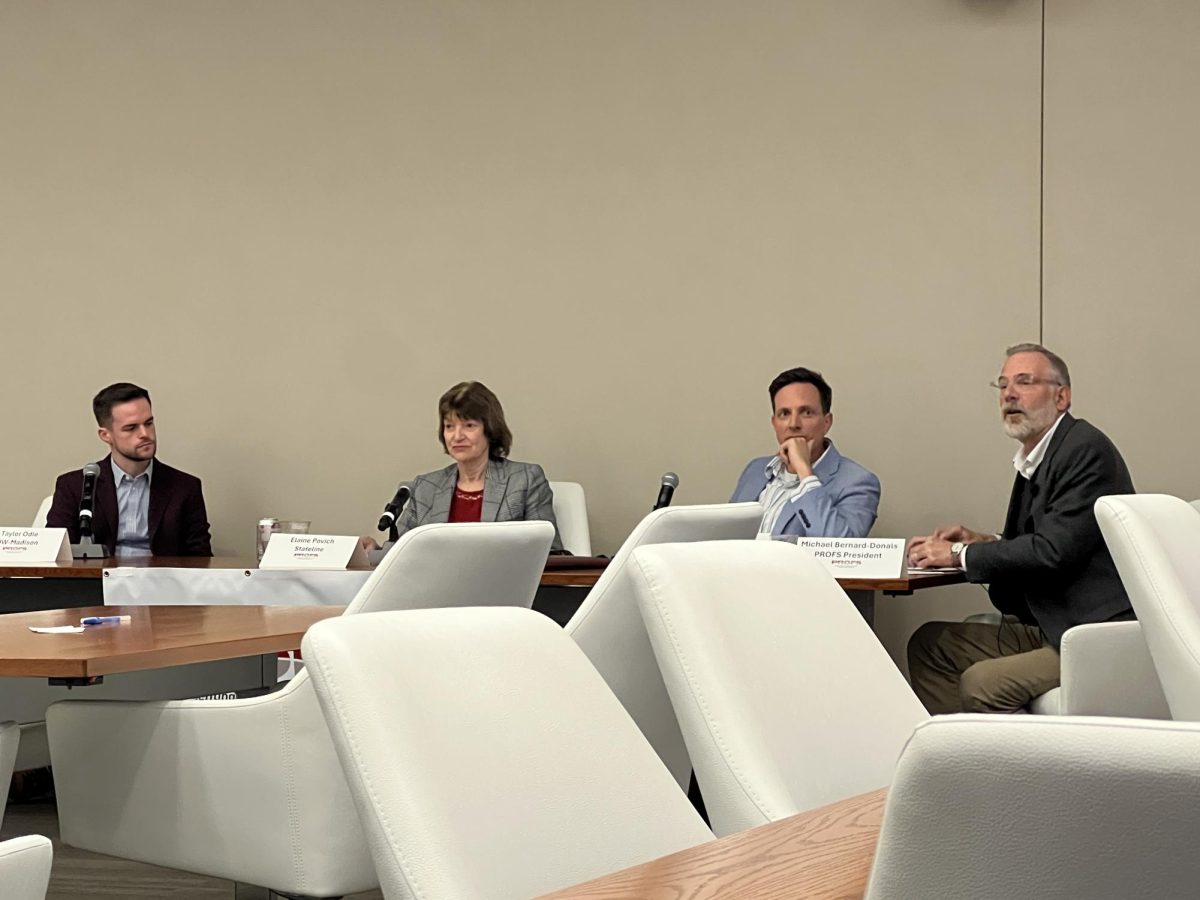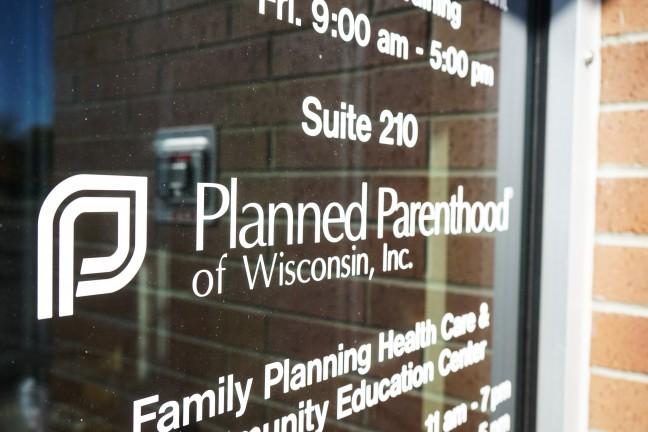For the sixth year in the row, the Wisconsin Department of Health Services reported the number of abortions performed dropped, but pro-life and organizations differ on what they believe is the cause.
Compared to 2014, where 5,640 abortions were performed, 2015 saw only 5,461 performed — a 2.5 percent decrease.
While the drop in the number of abortions reported for Wisconsin residents is not as large as in previous years, the state has been following a steady decline since 2009.
Defunding leads to Planned Parenthood to closing its doors
The drop in abortions performed comes at a time when the Legislature voted to defund Planned Parenthood.
Since 2011, Planned Parenthood has lost approximately $1 million in funding from the state each year, Nicole Safar, director of government relations & legal advocacy at Planned Parenthood of Wisconsin, said.
In the last six years, five Planned Parenthood clinics have closed, Safar said. Most recently, the Appleton abortion clinic permanently closed its doors to women in northern Wisconsin.
During that period, Gov. Scott Walker and the Legislature have made restricting access to abortion a high priority, Safar said.
“The political culture reflected in our state capitol opposes access to safe, legal abortion,” Safar said.
Wisconsin now has only two Planned Parenthood abortion clinics
Restricted access to abortions in Wisconsin
While pro-choice organizations denounce these restrictions, organizations like Pro-Life Wisconsin celebrate these changes and see them as a cause for the continued decline in abortions, Jade Hrdi, Pro-Life Wisconsin spokesperson, said.
With the Planned Parenthood facility recently closing in Appleton area, Hrdi said even more women will have to “choose life” in northern Wisconsin. Hrdi said Pro-Life Wisconsin hopes for this trend to continue as more mothers become educated about the consequences of abortion.
But Eliza Cussen, executive director for NARAL Pro-Choice Wisconsin, said decreased access to clinics doesn’t contribute to the decline in abortion rates because women will simply travel around the state to have the procedure done.
“We know if a woman wants to end her pregnancy, she will — she will just travel further and go through some more hurdles to get it,” Cussen said. “Restricting access to abortion clinics does not actually decrease the number of abortions — that’s a complete fallacy.”
Many women in rural areas of Wisconsin are also left without primary reproductive healthcare, forcing them to drive up to 30 or 60 miles to get to the nearest clinic, Safar said.
Walker says he would sign bill banning abortions after 20 weeks
Two sides with two answers
For pro-choice organizations the main takeaway from the recent drop is simple: Access to contraception works.
The number of abortions performed is not the only thing declining in Wisconsin — fewer teens are getting pregnant, too, Cussen said.
“What pro-life organizations want you to think when they see this stat is that more women are choosing life over abortion — and there is no evidence to support that theory,” Cussen said. “It’s really fewer women are getting pregnant because they have access to family planning.”
From 2011 to 2014, the teen birth rate dropped by 8 percent, with an additional prior decrease of 13 percent from 2010, according to the Guttmacher Institute.
As the rate of unintended pregnancies go down, abortions follow — and that’s what organizations like Planned Parenthood of Wisconsin have seen, Safar said.
But pro-life organizations still contend abortions are dropping because more women are choosing not to abort their children, rather than less women getting pregnant.
Wisconsin Right to Life Legislative Director Chelsea Shields pointed to Sonya’s Law as an example of why women are choosing life.
This 2013 law requires women to get an ultrasound before receiving an abortion, Shields said, allowing women to hear the heartbeat and an oral, medical description of the fetus.
The year after Sonya’s Law passed, Shields said Wisconsin Right to Life lauded a 10 percent decrease in the number of abortions performed in Wisconsin.
“Passing pro-life legislation, working to build a culture of life, educating people about the reality of abortion, working with pro-life pregnancy centers to support women in crisis pregnancies — all that combined has made a significant contribution to this awesome trend that we’re seeing,” Shields said.
Increased financial support leads women to rethink abortion
Causes for the drop could also stem from continued financial support for women from pro-life organizations. In “building a culture of life,” Shields hopes to enhance the resources available to women so they are “empowered to choose life.”
When a woman is facing an unexpected pregnancy, sometimes she doesn’t know if she’ll be able to pay rent next month, or be able to support the child, Shields said.
“We offer emergency grants for women who are at a point where they think ‘I either keep this child or pay my rent,'” Sheilds said. “We are contacted by pregnancy centers throughout the state so we can help find the financial assistance she needs so she doesn’t have to make that life or death decision based on finances.”
The majority of the emergency grants are funded by Wisconsin Right to life supporters, Shields said. Typically, a life-affirming pregnancy center will call them and inform them of the circumstances. Then, they will reach out to the woman to see how they can support her.
Whether it be rent or medical bills, Shields said, they do whatever they can do so the decision to abort never comes down to finances.
In the event that a woman chooses to go through with a pregnancy, but not keep the child, both organizations work with a network of adoption agencies to properly place the child.
While Hrdi said it is best for a child to be parented by his or her own parent, Pro-Life Wisconsin still networks with other organizations to help women find a proper placement for adoption.
Planned Parenthood continues to focus on contraception
Despite mixed views on abortion, a majority of Planned Parenthood of Wisconsin’s services remain dedicated to family planning options and preventative care, Safar said.
While Planned Parenthood of Wisconsin only has two abortion clinics in the state, they still provide a full range of basic preventative care, ranging from cancer screenings and breast exams to birth control counseling and education, Safar said.
Since education and access to family planning is the only thing that prevent abortion, Cussen said it’s important that access to contraceptives remains available because “everyone benefits from abortion rates declining.”
“[More access to contraceptives] means fewer people are getting pregnant when they don’t want to get pregnant, and that’s what we’re all for,” Cussen said.




















